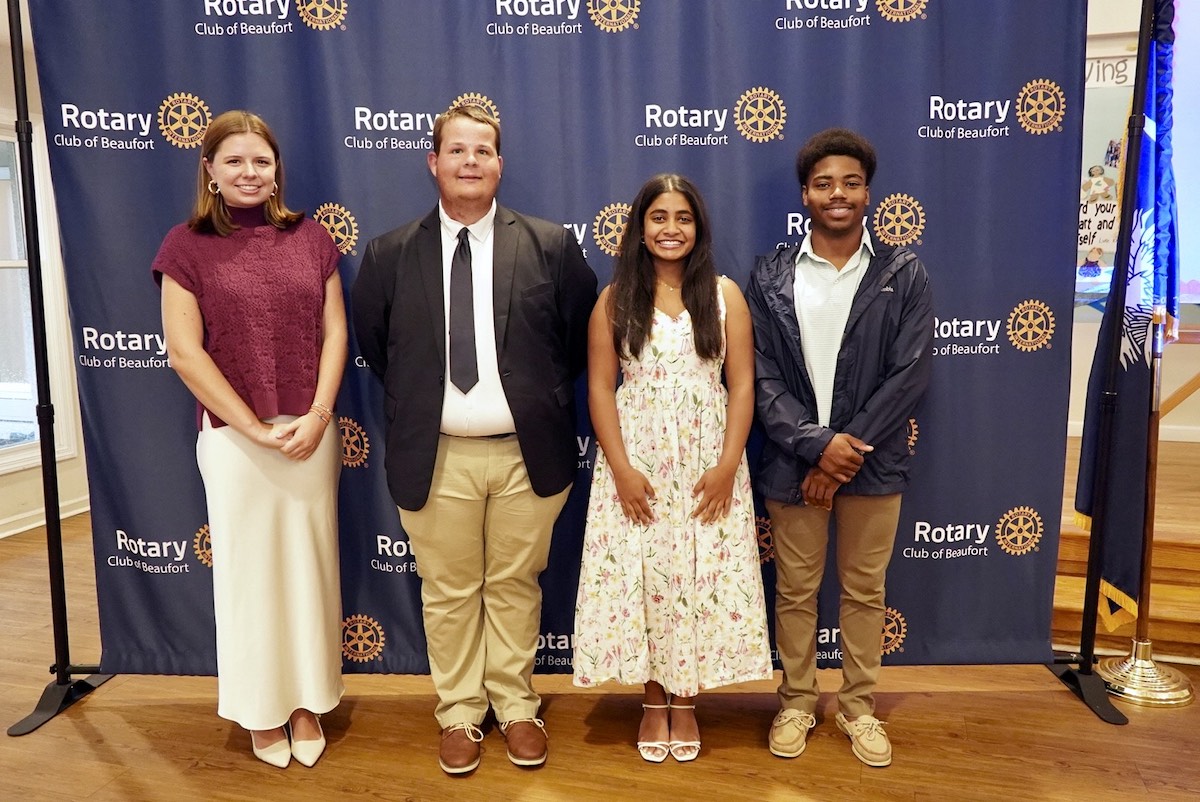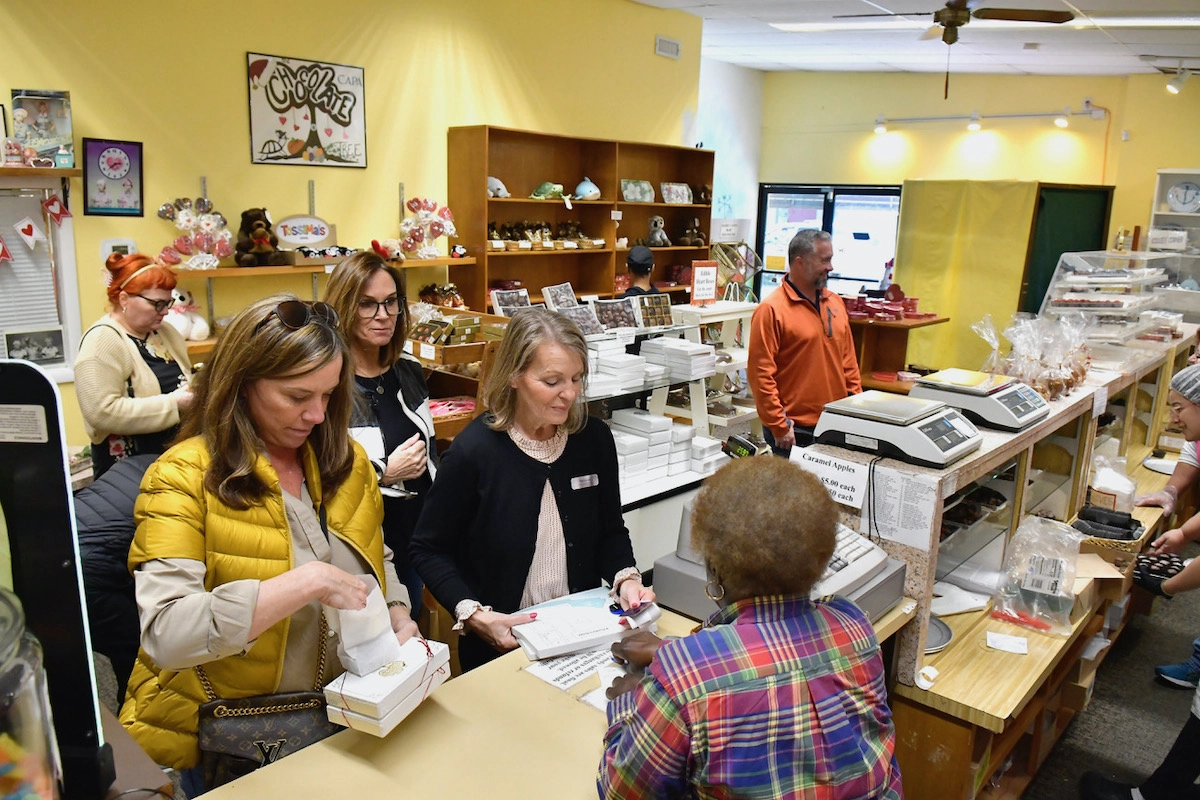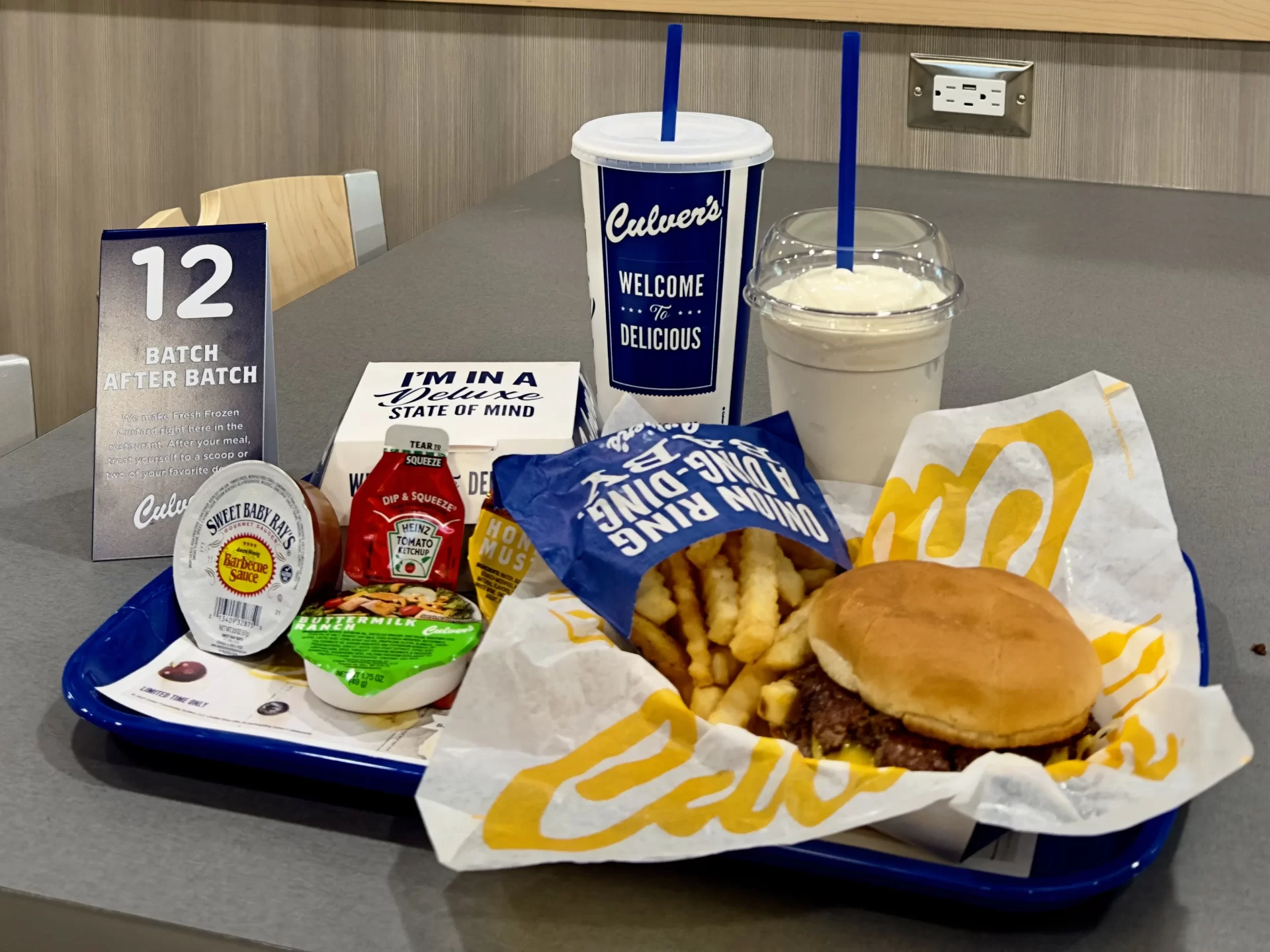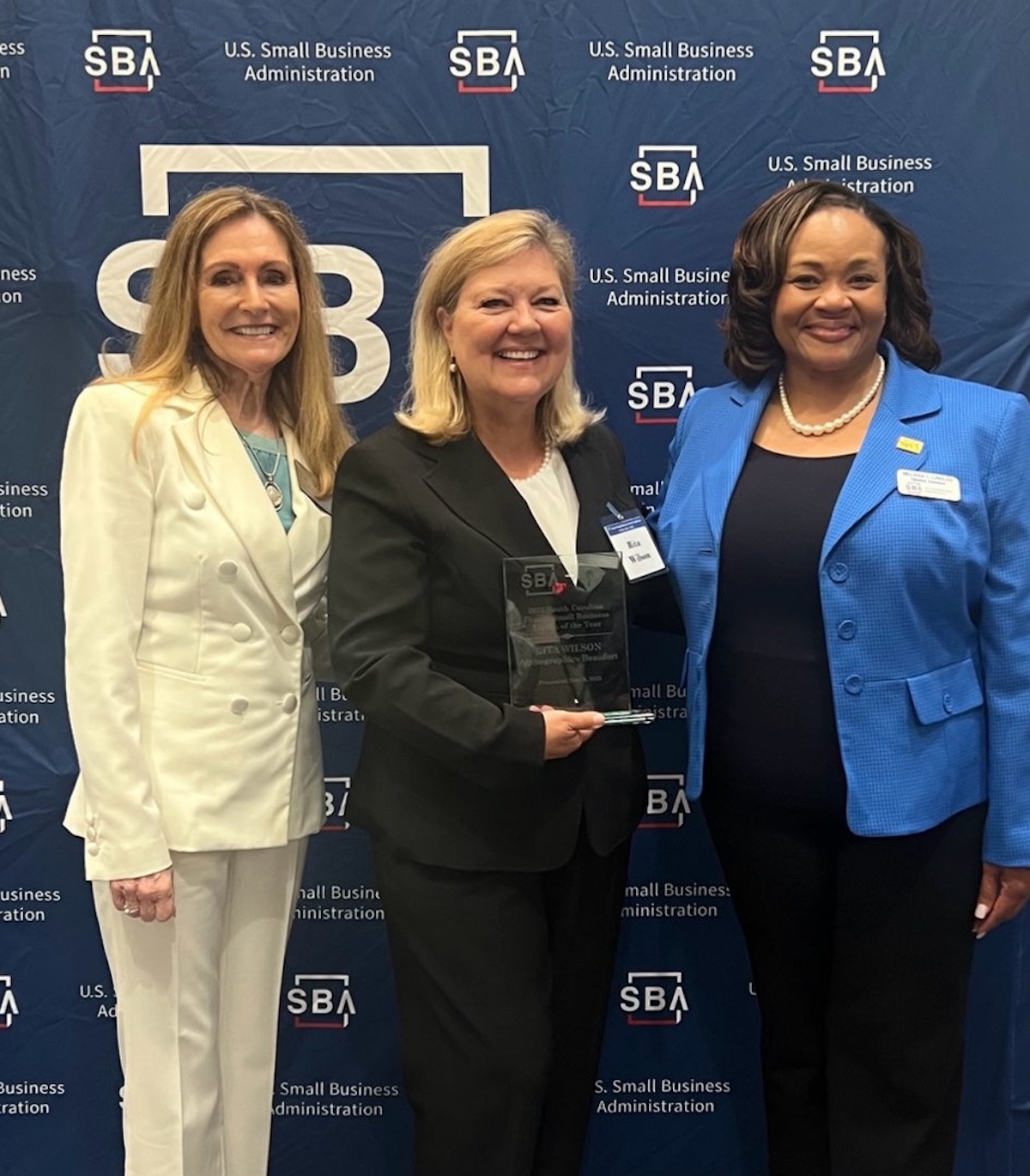Provided by Wells Fargo
How much thought do you give your charitable giving? Do you simply write some checks or, more likely, visit organizations’ websites, make donations, and then get on with your day? If so, you’re not alone. But is that really the most fulfilling way to do it? Here are some insights from Kia Sullivan, lead fiduciary advisory specialist with Wells Fargo Wealth and Investment Management:
Having supported the philanthropic efforts of many clients over the years, I have found there are a number of benefits and obstacles that need to be overcome to get the most out of the experience. First the benefits: I have seen first-hand how giving one’s time, money, and energy on behalf of others can enrich personal and cultural relationships, enhance well-being, and build stronger, more vibrant communities.
Now the obstacles: Making meaningful decisions about how, when, and how much to give is not always easy. With over 1 million charities in the U.S. and social, environmental, and economic uncertainty, the choices can be overwhelming, even stressful. As a result, I have seen some individuals restrain their charitable activity despite their strong desire to give back. Others I encounter worry that their giving is scattered, often reactive, and only moderately satisfying.
Fortunately, there are ways to enhance the process of giving so that it’s a more rewarding and joyful experience on behalf of the greater good. When my clients ask how to make the most of their charitable giving, I tell them it starts with meaning (not money). Together, we explore their values, passions, and objectives to help bring focus and intention to their philanthropy.
How can you transform your giving into a more meaningful, fulfilling endeavor? Whether giving of time or treasure, a little planning goes a long way. Here are some guidelines to help get you started:
- Reflect: The first thing I encourage clients to do is take a look at past and current practices of generosity. Understanding your past behaviors will help guide your direction forward. As you reflect, consider how much of your giving decisions are based on feelings of obligation, gratitude, impulse, or even guilt. What’s the most meaningful gift you’ve ever given and why?
- Identify your values: Values are the core motivating principles that guide our behavior and shape how we show up in the world. Knowing the principles and characteristics that motivate you is at the heart of meaningful giving. For example, if your core values are creativity, opportunity, and independence, you may approach giving differently than one motivated by tradition, effectiveness, and collaboration. Understanding that philanthropy is as unique as your fingerprint allows authenticity and meaning to penetrate the choices you make.
- Find a focus and write it down: Intentional philanthropy requires exploring your interests and passions and determining what issues matter most. I suggest choosing two or three areas on which to focus the bulk of your giving. Then write a philanthropic mission statement as a way to clearly express the intent of your generosity. A mission statement answers the questions “What do I stand for and what do I want to do about it?” This focus will help you prioritize opportunities, make meaningful decisions, and even help you say “no” when an opportunity is off-target.
- Engage those you love and trust: Philanthropy as a shared experience fosters a sense of interdependence and cooperation and can drive greater personal and social change than may be achieved alone. Family philanthropy is also an opportunity to connect with one another, define what you stand for as a family, and pass down generational values. Whether giving as a family unit or with a trusted tribe, be willing to stretch out of your comfort zone and learn from others and from the communities you choose to serve.
- Attend to the details: It’s important to address the practical details of putting your generosity in motion. Establish a budget including charitable dollars and volunteer time, and consider parameters for discretionary and responsive gifts, even for those random acts of kindness. A budget can aid in planning and decision-making, bringing peace of mind so you can feel good about doing good.
Consider taking time to reflect on how you might find more meaning and fulfillment from your expressions of generosity. Talk to a professional financial advisor if you’d like to learn more about charitable planning and inspired giving.
Wells Fargo Wealth and Investment Management (WIM) is a division within Wells Fargo & Company. WIM provides financial products and services through various bank and brokerage affiliates of Wells Fargo & Company.
This article was written by Wells Fargo Advisors and provided courtesy of Katie C. Phifer, CERTIFIED FINANCIAL PLANNER™, RICP® and First Vice President-Investment Officer in Beaufort, SC at 843-982-1506. CAR: 0322-05641
Investment and Insurance Products are:
• Not Insured by the FDIC or Any Federal Government Agency
• Not a Deposit or Other Obligation of, or Guaranteed by, the Bank or Any Bank Affiliate
• Subject to Investment Risks, Including Possible Loss of the Principal Amount Invested
Wells Fargo Advisors is a trade name used by Wells Fargo Clearing Services, LLC, Member SIPC, a registered broker-dealer and non-bank affiliate of Wells Fargo & Company.
©2022 Wells Fargo Clearing Services, LLC. All rights reserved.






